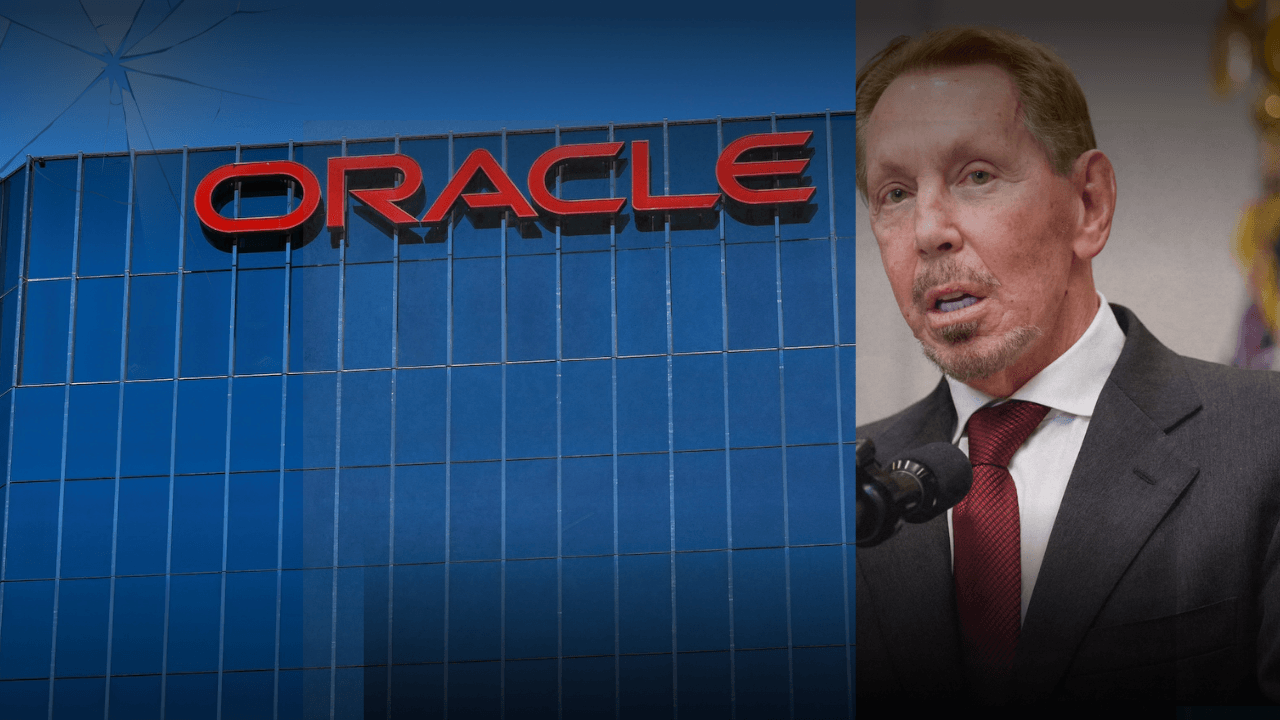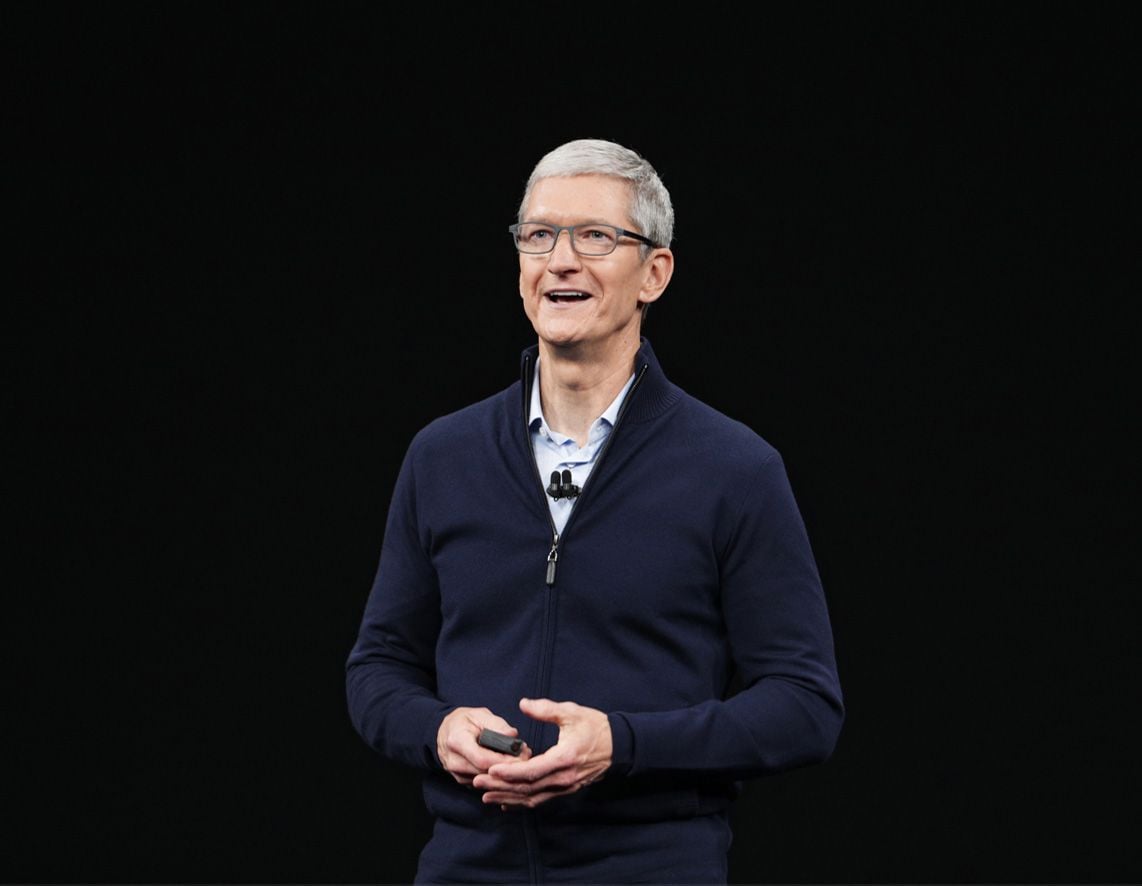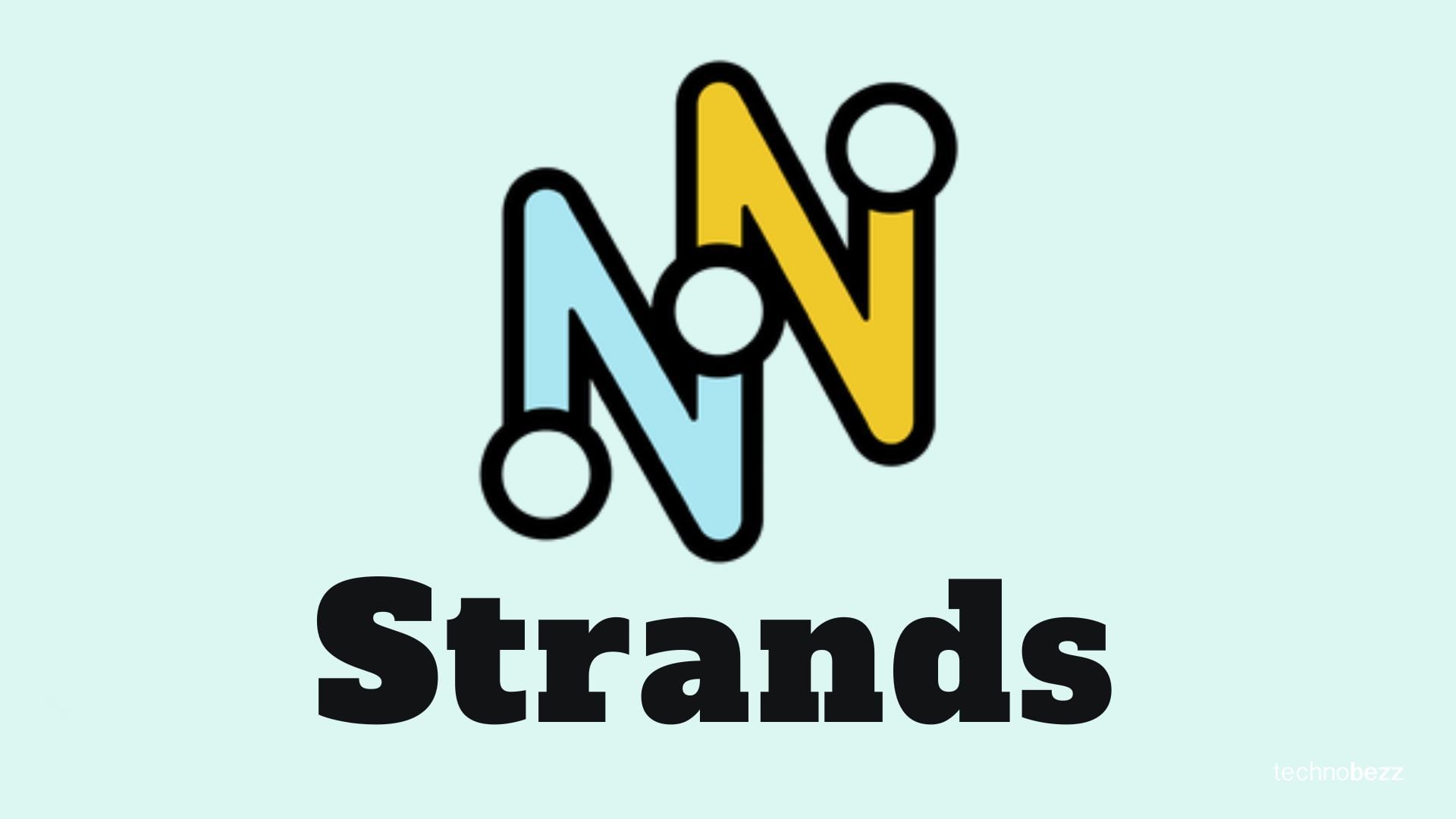Sometimes the market's most beloved darlings get hit the hardest when reality comes knocking. Oracle just learned this lesson the hard way, watching its stock price plummet 16% from recent highs as analysts started asking uncomfortable questions about those sky-high AI promises.
See also -The Trillion-Dollar AI Bubble Nobody Sees Coming
The damage started this week when Rothschild & Redburn analyst Alex Haissl dropped a bombshell coverage initiation, slapping Oracle with a rare "Sell" rating and a $175 price target. That's not just pessimistic - it's predicting roughly 40% downside from current levels. According to The Motley Fool, shares that were trading above $308 just days ago have already tumbled to around $291, and according to multiple analyst reports, this might just be the beginning.
When Cloud Dreams Meet Market Reality
Here's what's got Wall Street spooked: Oracle has floated aggressive targets for cloud growth, with executives outlining a path for Oracle Cloud Infrastructure revenue to reach about $18 billion this fiscal year and scale toward $144 billion by fiscal 2030. That’s ambitious against the company’s most recent quarter showing total revenue of $15.9 billion and cloud services and license support of $11.7 billion.
The numbers tell a more nuanced story than Oracle's executives might prefer. While the company did post respectable 11% revenue growth in Q4, with cloud services jumping 14% to $11.7 billion, the valuation has gotten completely divorced from fundamentals. According to Seeking Alpha analysts, Oracle now trades at a forward P/E ratio of 41-46 - compare that to the industry median of 29, or even Nvidia's 50 (despite Nvidia's 50%+ revenue growth rate).
That disconnect becomes even more stark when you consider the broader context. A recent MIT study found that 95% of companies investing in generative AI have yet to see any financial returns. Yet Oracle's stock had been riding high on promises of triple-digit growth in its multicloud revenue, with CEO Larry Ellison boasting about building 47 new data centers in the next 12 months.
Leadership Shuffle Masks Deeper Questions
The irony here is timing. Just last week, Oracle's stock surged 5.5% following news that CEO Safra Catz would transition to Executive Vice Chair, with the CEO role split between Clay Magouyrk (focusing on cloud infrastructure) and Mike Sicilia (handling industry applications). The market initially viewed this dual-CEO structure as smart positioning for the AI boom.
But analyst skepticism suggests the leadership reshuffle might be addressing the wrong problem. Keith Buchanan from Globalt Investments puts it plainly: "Oracle had just a massive run-up. Some giveback and softness is probably warranted with how quickly and dramatically the market cap has exploded."
See also -Why AI Safety Officials Keep Quitting Their Jobs
The concern isn't just about Oracle's execution - it's about those explosive cloud infrastructure growth projections that sound almost too good to be true. When Buchanan notes that "if it's concentrated into very few orders from very few end markets, then of course there's a risk," he's highlighting a critical vulnerability in Oracle's AI narrative.
The Broader AI Bubble Question
Oracle's crash isn't happening in isolation. Tech stocks have been under pressure lately, with rising Treasury yields (the 10-year hit 4.2% this week) making high-multiple growth stories less attractive while skepticism about near-term AI payoffs builds. When you combine that with growing skepticism about AI returns, companies like Oracle become particularly vulnerable.
The pattern is becoming familiar across AI-adjacent stocks. According to Forbes analysis, Palantir dropped nearly 10% recently, Nvidia fell more than 3%, and AMD has also lost ground. What connects them all is the same fundamental question: when will the massive AI investments actually translate to proportional revenue gains?
For Oracle specifically, the challenge runs deeper than just market sentiment. The company’s Remaining Performance Obligations jumped 41% to $138 billion in Q4, signaling solid future demand, but turning that backlog into durable, profitable growth remains the hurdle. But as analysts are now pointing out, there's a meaningful difference between landing big contracts and turning them into the kind of sustained, profitable growth that justifies current valuations.
Technical analysis adds another layer of concern. The stock's recent plunge represents what traders call "mean reversion" - a return toward historical averages after an extended run-up. With key indicators like the RSI and MACD showing bearish divergence, some analysts are eyeing $196 as the next support level. That would represent another 16% drop from current levels.
What This Means for AI Investment
Oracle's reality check offers a broader lesson about the current AI investment landscape. While the technology's long-term potential remains compelling, the market had been pricing in near-perfect execution across an entire industry that's still figuring out how to monetize AI effectively.
The company's actual fundamentals aren't terrible - 11% revenue growth and expanding cloud operations represent solid business progress. But when your stock trades at 51 times forward earnings based on promises of $60 billion cloud revenue (nearly four times current total revenue), you're leaving very little room for disappointment.
This is particularly relevant as other tech giants face similar valuation questions. Oracle's crash might be the canary in the coal mine for AI stocks more broadly, especially those trading on future potential rather than current profitability.
For now, Oracle's immediate challenge is proving that its aggressive infrastructure buildout will translate to sustainable returns. With 47 new data centers under construction and mounting pressure to justify its premium valuation, the company needs to start delivering AI revenue that matches the hype - or risk further correction as reality sets in.
The market's message is becoming clear: AI promises are no longer enough. Companies need to show the money.
If you enjoyed this guide, follow us for more.















